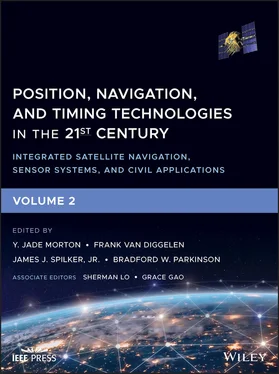The concept of TBS was introduced in Release 13 of the 3GPP standards, and MBS was included as a special case of TBS. Release 13 included support for UE‐assisted measurements, pressure sensor measurement (for altitude estimation), and stand‐alone positioning for MBS. Both protocols (e.g. Location Positioning Protocol LPP document 36.355 [14]) and performance/conformance specifications (e.g. documents 37.171 [15] and 37.571 [16]) were updated to enable MBS support in Release 13. 3GPP Release 14 expanded MBS support in 36.355 [17], 37.171 [18] and 37.571 [19] to include UE‐based positioning modes as well as beacon assistance. With Release 14, the MBS system call flows and protocols have a similar level of maturity to those of A‐GNSS.
A sample LPP call flow between the server (eSMLC) and device (UE) for 3D positioning using MBS along with assistance is shown in Figure 39.20.
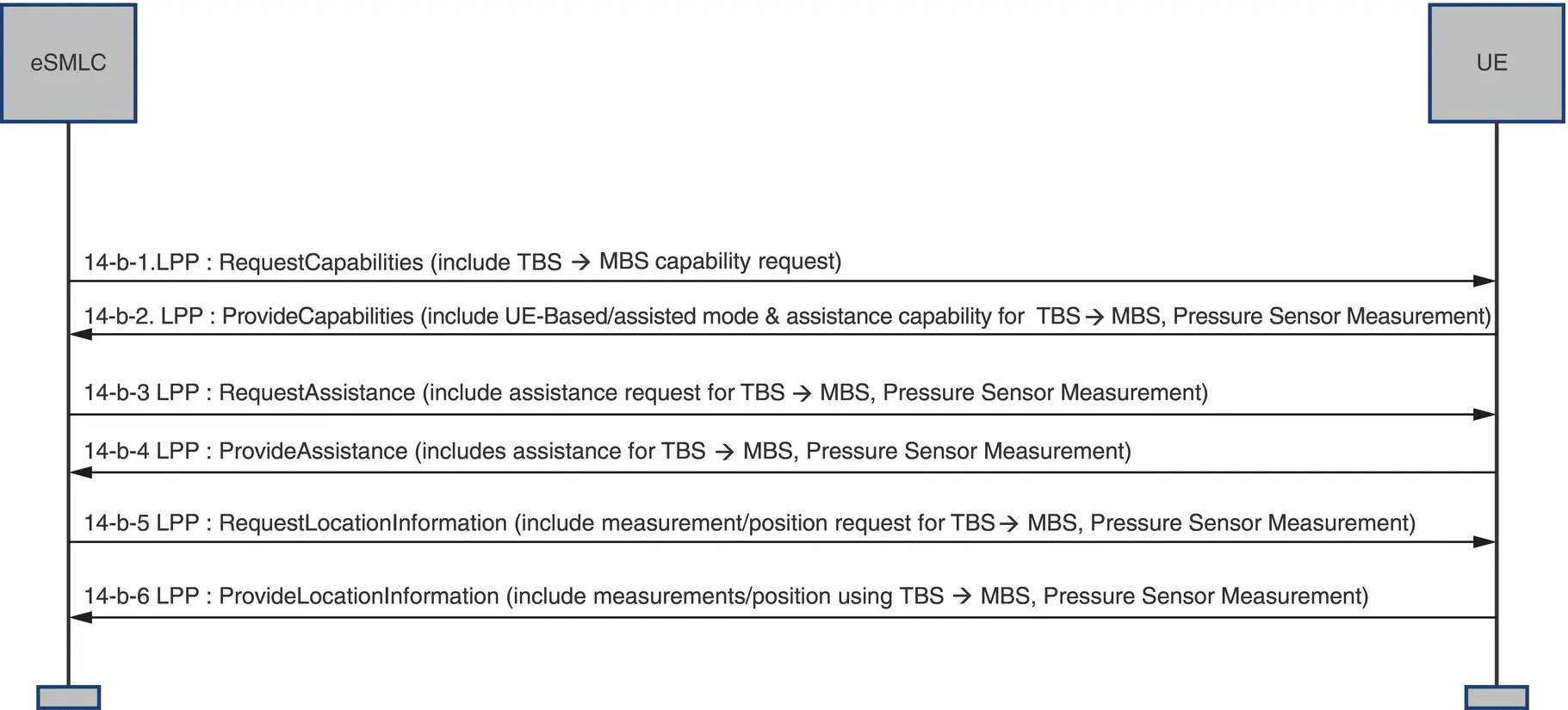
Figure 39.20 LPP call flow for MBS positioning using assistance.
Corresponding standards work has been done in OMA for MBS positioning in the data plane. Mobile Location Protocol MLP version 3.5 [20] includes support for indicating the use of the MBS positioning solution, the barometric pressure sensor solution, as well as hybrids thereof from the Location Server to the Mobile Location System MLS client (e.g. UE), while SUPL version 2.0.3 [21] includes support for the signaling of MBS capability.
39.1.8 Performance Results
The MBS system has been tested extensively in various urban/suburban environments in the San Francisco Bay Area and proved to be best in class in several blind independent tests held by the Communications Security, Reliability, Interoperability Council (CSRIC), an advisory body to the Federal Communications Commission (FCC), and by the Cellular Telecommunications and Internet Association (CTIA)/Alliance For Telecommunications Industry Solutions (ATIS).
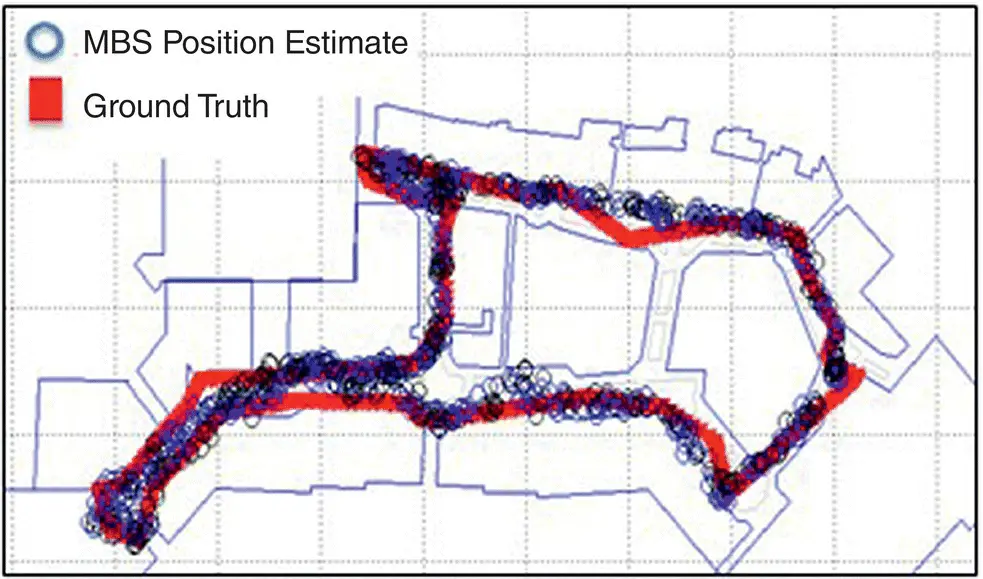
Figure 39.21 Representative 2D accuracy walk test result.
A sample 2D performance walk test result from a mall in the San Francisco Bay Area is shown in Figure 39.21using only MBS signals. The results are shown in ENU coordinates with the x ‐ and y ‐axis representing the east and north displacement in meters. The red markers indicate the position truth and the blue circle markers indicate the position estimates using MBS measurements only. The results show sub‐10‐m 2D error performance.
A sample z ‐axis test result from a hotel in the San Francisco Bay Area is shown in Figure 39.22. The truth position is shown in dashed red lines, and the MBS estimated altitude is shown in black. The results show altitude estimates within a floor throughout this test.
A sample result from an outdoor drive test in a small campus‐wide MBS network is shown in Figure 39.23. The black path shows the position truth path, and the blue path colors show the estimated position from the MBS. In this test, position estimates are computed using the MBS beacon measurements only. The results show that the 2D error was less that 10 m a majority of the time.
As we move from a world which is driven by human intelligence to a world driven by machine intelligence, the need for more reliable and pervasive 3D geolocation becomes critical. GPS is a critical enabler of this machine‐driven world; however, it has also become clear that it has severe limitations indoors and in urban areas where the laws of physics cannot be extended further, and the GPS system needs to be augmented in order to satisfy all the applications that this world requires. The Metropolitan Beacon System represents this new class of augmentation techniques and is designed to be the lowest‐cost, most scalable technology that delivers highly reliable PNT across its footprint.
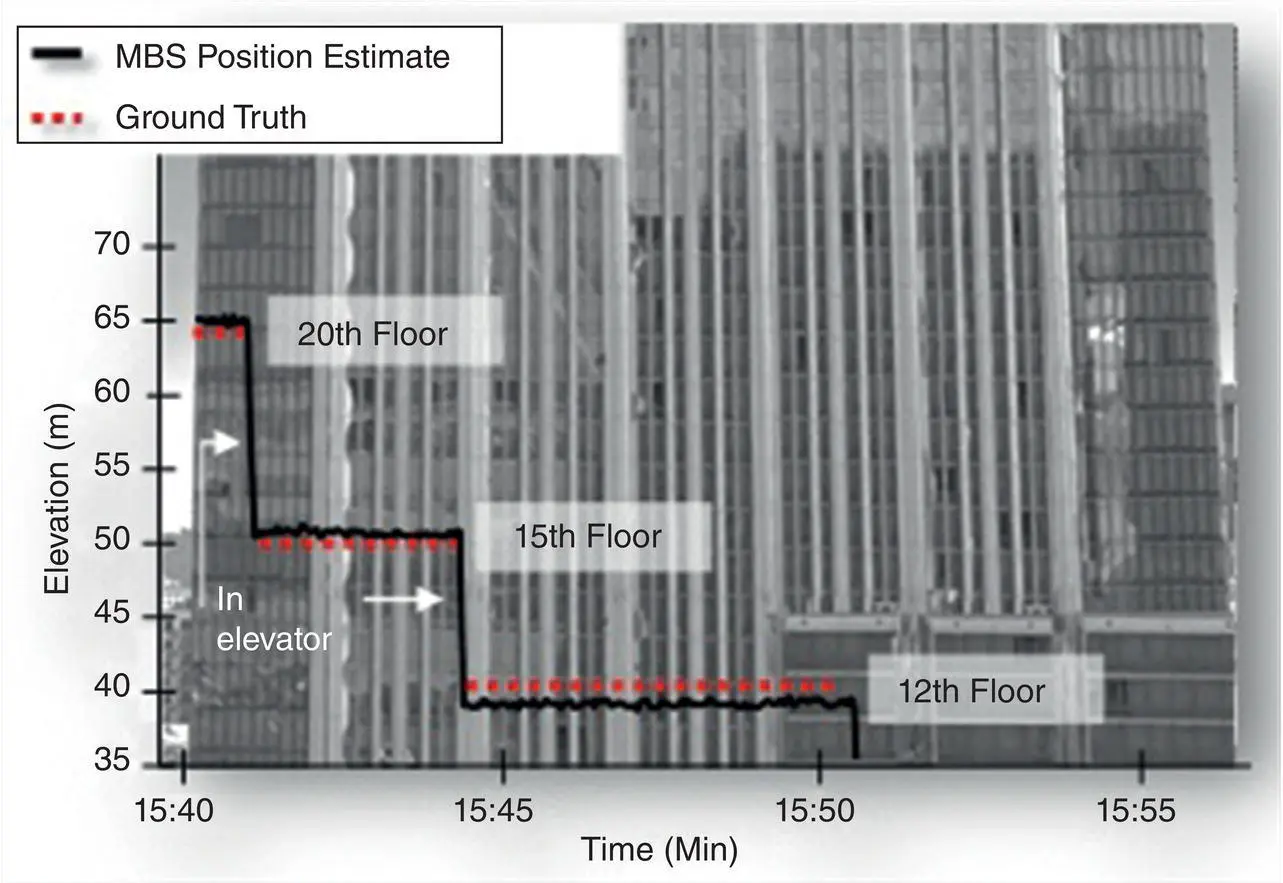
Figure 39.22 Representative z‐axis walk test result at a multi‐storied hotel.
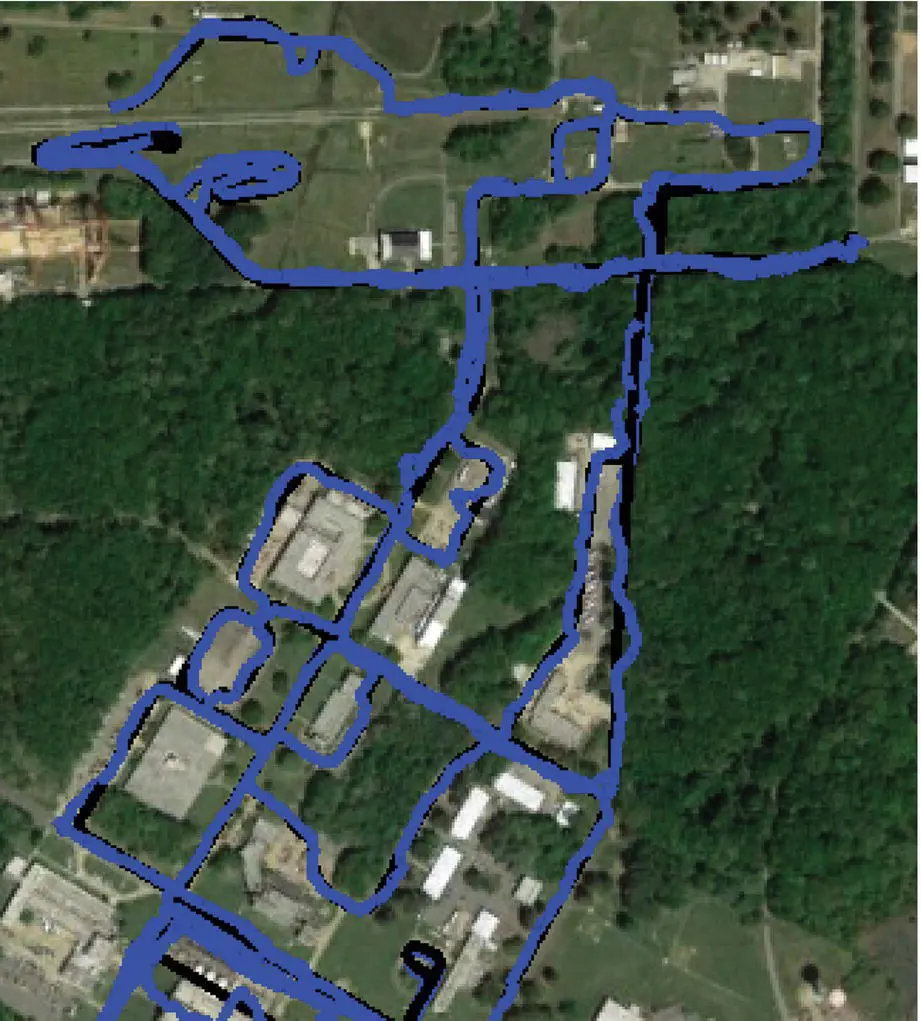
Figure 39.23 The KML snapshot shows the 2D error performance.
The technology has been standardized in global telecommunication standards such as 3GPP/OMA, the spectrum in the United States has been perfected for multi‐lateration purposes, and the technology has been licensed by Tier 1 chipset and server providers and demonstrated to be best in class. It is on the cusp of commercial availability, enabling a host of new applications around Mobile, 5G, Internet of Things, and driverless cars and drones.
1 1 Global Positioning Systems Directorate System Engineering and Integration Interface Specification, GPS‐IS‐200F, September 2012.
2 2 GLONASS Interface Control Document, Navigational Signal in L1 and L2, Edition 5.1, Moscow 2008.
3 3 BeiDou Navigation Satellite System, Signal In Space Interface Control Document, Open Service Signal B1I (Version 1.0), December 2012.
4 4 European GNSS (Galileo) Open Service Signal‐In‐Space Interface Control Document, Issue 1.3, December 2016.
5 5 Chun Yang, Chapter 35: Navigation with terrestrial digital broadcast signals, Position, Navigation, and Timing Technologies in the 21st Century, Vol. 2.
6 6 Federal Communications Commission (FCC), FCC Rules Part 90, Sub Part M Intelligent Transportation Systems Radio Service, Section 90.353 and 90.357.
7 7 Federal Communications Commission (FCC), FCC Rules Part 90, Sub Part I General Technical Standards, Section 90.205 and 90.210.
8 8 ATIS, MBS ICD Version G1.0. Available upon request by e‐mail from ATIS Document Center doccenter@atis.orgwith subject “Request for Metropolitan Beacon System (MBS) ICD.”
9 9 J.G. Proakis and M. Salehi, Digital Communications, Chapter 9.2, Mc‐Graw Hill, 2008.
10 10 F. Van Diggelen, A‐GPS: Assisted GPS, GNSS, and SBAS, Artech House, 2009.
11 11 Microsemi Whitepaper, https://www.microsemi.com/document‐portal/doc_view/133469‐synchronization‐distribution‐architectures‐for‐lte‐networks.
12 12 M. Weiss, Telecom Requirements for Time and Frequency Synchronization, https://www.gps.gov/cgsic/meetings/2012/weiss1.pdf.
13 13 ITU G.8271.1, Time and Phase Synchronization Aspects of Telecommunication Networks.
14 14 3GPP, LTE Positioning Protocol (LPP), Release 13, 3GPP TS 36.355 V13.3.0 (2016‐12).
15 15 3GPP, User Equipment (UE) Performance Requirements for RAT‐Independent Positioning Enhancements, Release 13, 3GPP TS 37.171 V13.1.0 (2016‐12).
16 16 3GPP, User Equipment (UE) Conformance Specification for UE positioning Part 1, Release 13, 37.571‐1 V13.3.0 (2017‐03).
17 17 3GPP, LTE Positioning Protocol (LPP), Release 14, 3GPP TS 36.355 V14.2.0 (2017‐06).
18 18 3GPP, User Equipment (UE) Performance Requirements for RAT‐Independent Positioning Enhancements, Release 14, 3GPP TS 37.171 V14.2.0 (2017‐06).
19 19 3GPP, User Equipment (UE) Conformance Specification for UE positioning Part 1, Release 14, 37.571‐1 V14.2.0 (2017‐06).
20 20 Open Mobile Alliance (OMA), Mobile Location Protocol, Draft Version 3.5 – 26 January 2016.
Читать дальше
